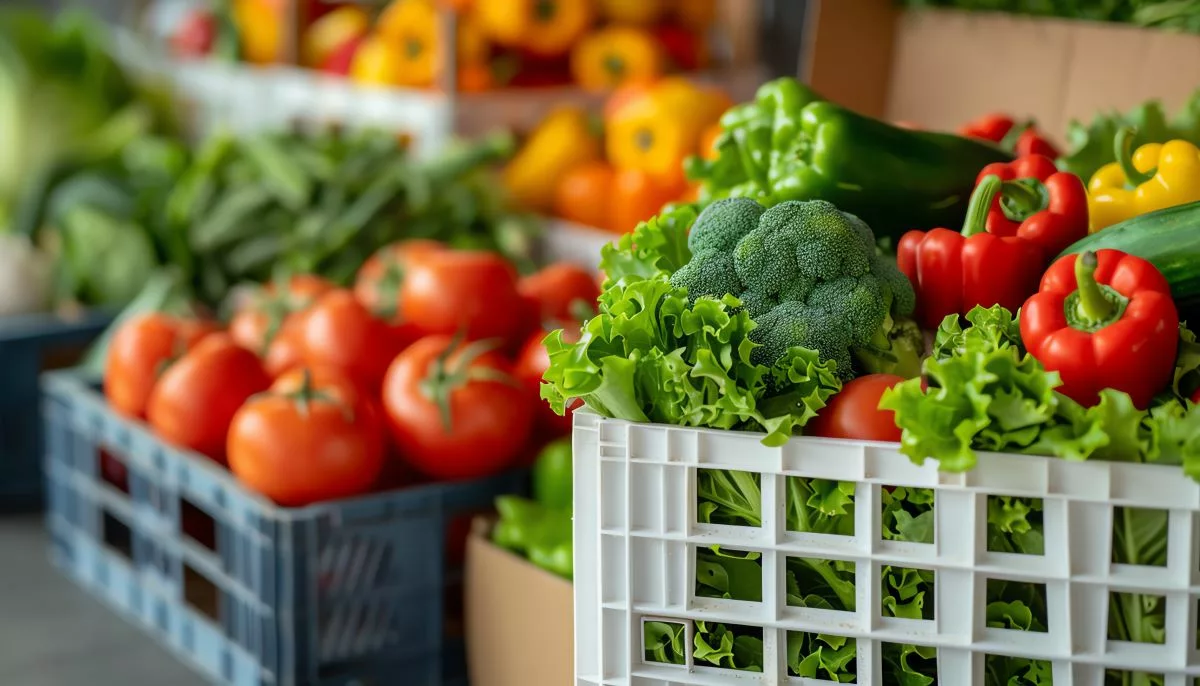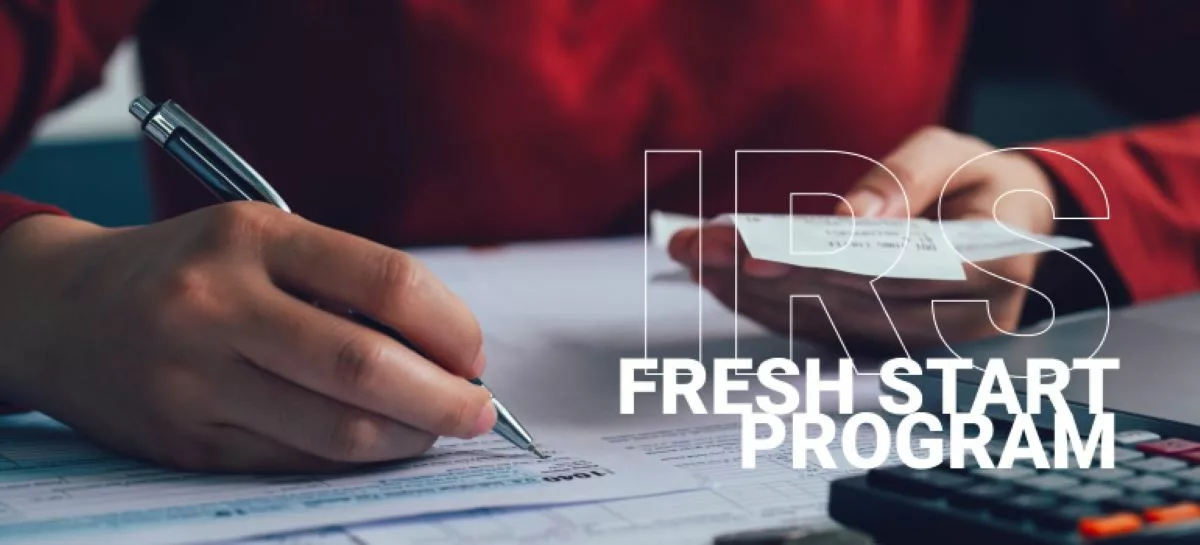They say ‘Children are the leaders of tomorrow’. But to make that happen, they need to be healthy and nourished. Unfortunately, with the global economic downtime causing financial strain on low-income families, many children face the risk of being malnourished.
To address this issue, some federal programs provide low-cost or free school meals for children. Read here about these programs, how they work, eligibility, and how children can receive them.

- What Are Free School Meal Programs?
- Why Are Free School Meals Programs Important?
- National School Lunch Program (NSLP)
- School Breakfast Program (SBP)
- Break the Cycle of Hunger
What Are Free School Meal Programs?
Free school meal programs are designed to bridge the gap and eliminate children’s malnourishment by providing free or discount lunches to children of low-income households across the country. Their aim is to promote household food security while improving the children’s well-being and making assimilation easier.
Why Are Free School Meals Programs Important?
The free school meal programs are particularly important for the following reasons:
- Reducing food insecurity. School meals provide a reliable source of nutrition for some children. Without this program in place, children from low-income households may rely on unhealthy meal options.
- Increasing academic achievement. Children who are malnourished cannot focus and perform well in their academics. Providing free school meals eliminates that likelihood.
- Supporting physical development. Proper nutrition is essential for a child’s physical development. The free school meals programs ensure that kids get the necessary meals to develop quickly.
- Supporting low-income families. The cost of school meals can be relatively expensive. Free meal programs can help ease this burden.
There are a host of federal and state school meal programs for children. Let’s briefly explore some of them.
National School Lunch Program (NSLP)
Powered by the US Department of Agriculture’s Food and Nutrition Service, the National School Lunch Program provides discounted or free school meals to children. This program is currently aiding eligible kids in over 100,000 public and nonprofit schools and residential childcare institutions across America.
Eligibility
To become eligible for this benefit, you should meet the following requirements:
- Your household’s income must fall between or below the Federal Income Eligibility Guidelines
- You are a parent or caregiver responsible for a child(ren) attending elementary, middle, or high school
- Your family is a recipient of SNAP, Head Start, WIC, TANF, or any unemployment benefit
Are you still unsure? You can check if you qualify using the NSLP Eligibility Checker.
How to Apply
Schools typically send free school meal applications at the beginning of the school year. However, you can apply by writing, asking for, and submitting the applications directly to their school or district.
Alternatively, you can look up the State Contact Information to locate the NSLP program in your state. You can also contact the USDA’s Food and Nutrition Service on their website.
Documentation Needed
Typically, you will need to provide the following information:
- Proof of US citizenship or legal immigration status
- Proof of income, including pay stubs and bank statements
- Residential address and phone number
Your application will be reviewed by the local school or district officials before your child is granted free or discounted meals. It will be processed in less than two weeks. You can check the free lunch status here. In the case that your application is denied, you will be notified of the steps to appeal the decision.
School Breakfast Program (SBP)
The School Breakfast Program (SBP) is federally funded and provides free breakfasts to school children. The program is also sponsored by the US Department of Agriculture (USDA), which reimburses schools serving breakfasts to children of low-income households.
Schools can provide these meals during a morning break or before classes.
Eligibility
The eligibility for SBP is based on the same requirements as the National School Lunch Program (NSLP).
How to Apply
Low-income breadwinners and caregivers are required to contact their kids’ schools to obtain an application form. The application contains household income information to determine the children’s eligibility.
You can also contact your State SBP Agency to learn how to apply for the benefit.
Documentation Needed
The documentation needed for this benefit is typically the same as those for the NSLP. If your children qualify for the benefits, they will begin to receive free or low-cost meals at their schools automatically. However, if the application gets declined, you will be notified with instructions on how to appeal the decision.
Break the Cycle of Hunger
Free school meals for children are essential in addressing food insecurity, particularly for low-income households. They also have extended benefits in promoting children’s development, academic achievements, and overall well-being.
Ensuring your children access free and low-cost meals promotes an equitable community. Does your family qualify for these benefits? Go ahead and apply!





